The SharePoint project jigsaw
I’ve been working with SharePoint since early 2007 in mainly technically focused roles. Throughout this adventure I’ve delivered public websites, built an accessibility framework over MOSS, implemented Commerce Server for an internet shop. One thing that has always been the most challenging aspect is translating the user requirements and overlaying them onto the technical capability of the SharePoint platform.
To be honest as vast and deeply complicated as SharePoint can be, from a coding aspect it’s actually not that complex. I guess what I mean by that is that learning the API calls required to build a web part, provision a feature or enable something is well catered for by MSDN and the welcoming nature of the SharePoint community. Building projects on SharePoint becomes part muscle reflex, part learning curve and thus remains complicated but not really complex.
In late October 2009 I moved into a new role as a Solutions Architect. At Content and Code this role is more clearly focused on the solution big picture and the business side of project delivery. As such they provide some personal development training to help individuals identify and improve their own personal performance levels. This is extremely helpful but still leaves a hole in the big jigsaw of SharePoint projects.
The missing piece
I had the pleasure of working on a large programme of work for RNIB with Andrew Jolly. Andrew introduced me to Paul Culmsee’s blog and some of the techniques such as dialogue mapping. Witnessing first-hand the application of the techniques described on Paul’s comprehensive set of articles enticed me to learn more about this missing ‘solution governance’ jigsaw piece.
So when 21Apps announced the SharePoint 2010 Governance and Information Architecture Master Class featuring Paul I couldn’t get signed up fast enough! The course content was exactly what I’d been hunting for, something that tackles the human factor of SharePoint project success.
My current project is a a very complex multi-country collaboration deployment with a large amount of custom development. I had high hopes that the course would arm me with the techniques to make the project even more successful. Expectations set……
The course
You can see the full details about the course content from the event page. After all the attendees has settled we went around the room and introduced ourselves and explained what we thought were the hardest parts of any SharePoint project. It was great to here so many non-developer roles in the room had some consistent challenges with SharePoint projects.
In general most people felt that navigating expectations, end user adoption and on-going use were by far the most complex elements of the projects they had been involved in. A big sigh of relief, I wasn’t alone ![]()
Module 1: SharePoint Governance f-Laws
The first module covered the SharePoint f-Laws. An f-Law explains the less visible SharePoint governance factors. Each f-Law was actually quite amusing, if I’d been playing f-Law bingo I’d have been shouting full house. Rather than bring despair I actually found a great weight lifting as the realisation that the techniques about to be learnt were aimed at solving these problems.
Key take away for me were:
- Governance is just a means to get from where you are to where you aspire to be.
- Opportunity driven problem solving, people need to try a solution to understand a problem.
- Platitude, those statements usually reserved for marketing types which don’t really say anything tangible. Collaboration being a great example of something that needs expanding to validate.
- Shared understanding is key to success.
- Current understanding of governance is mainly about service delivery and quality assurance.
Module 2: The Shared Understanding Toolkit part one
The second module introduced the tools you can employ to combat the f-Laws. This module focused us on the ‘what’ and ‘why’ of the solution. It introduced the IBIS dialogue mapping technique as an aid to eliciting requirements. I really enjoyed this particular module as it was interesting to hear how Paul had leveraged them on a wide variety of projects many not even IT related.
Module 3: The Shared Understanding Toolkit part two
Module three moved onto the ‘who’ and ‘how’ areas. We learnt how to apply the tools to the ‘who’ and ‘how’ factors, a key point was the Beer KPI. Can you test your explanation in a beer drinking time. Yes is good, no is bad. I’ve already tried this test, and it works a treat.
Module 4: Information Architecture trends, lessons learned and key SharePoint challenges
The fourth module discussed some of the problems propagating directly from the Microsoft governance information. The key point to this was the fact the MS material was almost exclusively aimed at the technical implementation and quality assurance aspects of SharePoint.
Module 5: Information organisation and facets of collaboration
The fifth module covered some of the Information Architecture. The module was a useful discussion about the common mistakes and identifying the warning signs that lead to failure.
Module 6: Information Seeking, Search and metadata
Module six was more directly related to SharePoint, refreshing that it was nearly 3/4 of the course before we had actually discussed any kind of SharePoint specific technicals. SP2010’s search was explored and the different competing views on its use highlighted.
Module 7: Shared understanding and visual representation – documenting your Information Architecture
The seventh and final module was about using the tools and techniques to visualise the information for the stakeholders. Another new Wireframe tool was introduced and we attempted to replicate the wireframe of the standard SP2010 team site.
I’m not sure I felt quite at ease using an electronic tool to wireframe. My personal preference would still be paper, going in prepared with some outline SP2010 pages which the content can be added to has in my experience been quicker. Then share those afterwards. But I guess I’ll still give it a go in the new year ![]()
Final thoughts
I really enjoyed the course, Paul is a very engaging and enthusiastic presenter and brought some really humorous examples into the slides. The death star IBIS map being my particular favourite.
Did it meet my expectations? Well I’d have to say that it far exceeded them. There had obviously been a large amount of effort in preparing the courseware and modules. They covered the important missing links currently absent from the Microsoft and traditional training courses.
The tools presented give any solution designer a real advantage in getting requirements and being able to translate them into something meaningful. I’ve already been ‘dipping my toes in the pool’ on my current project and it has already shown benefits. In one session it became apparent that one technical solution had already been chosen without discussion of further options. With the dialog map in front of the group it was easy to highlight the need to open further discussion and unpack the problem more.
With so much material to absorb and apply I think it’ll take a few more months to fully utilise everything that was taught but I feel like the course left me in a really strong place. Being able to focus my enthusiasm and drive for project success and bring my client team along the journey is going to be fun.
So it just goes to say congratulations and many thanks again to Paul and Andrew, and to look forward to the next instalment.
This course has been the most insightful two days of my SharePoint career.

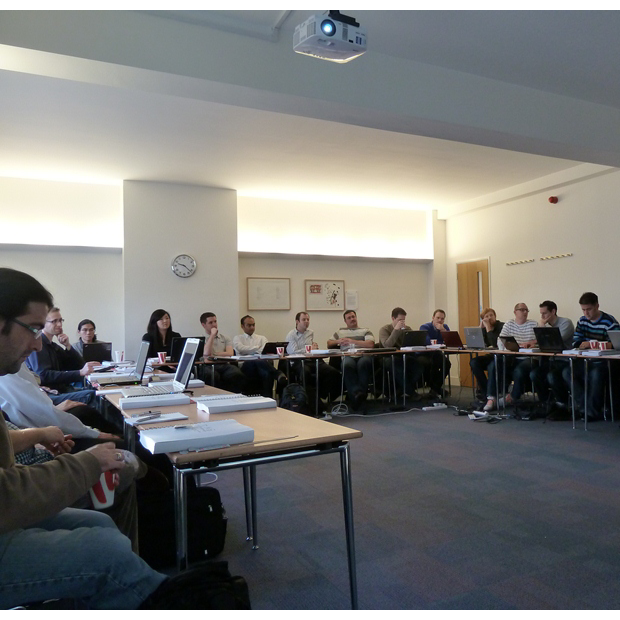
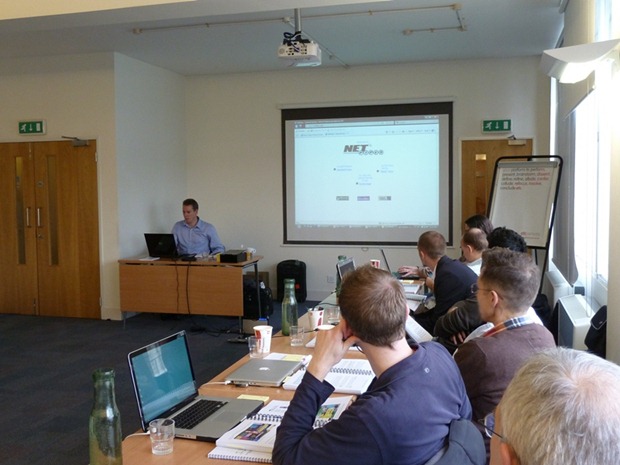

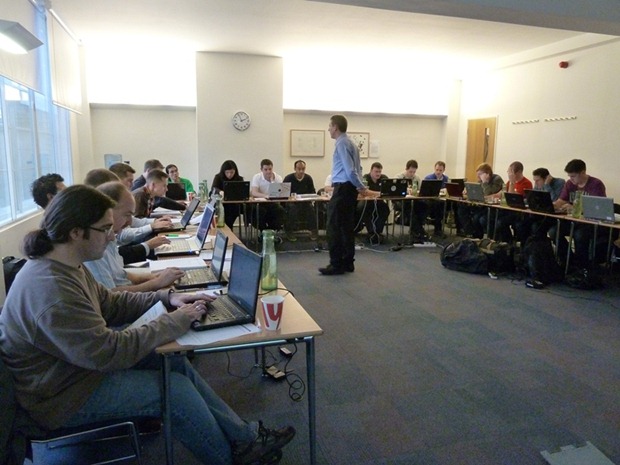
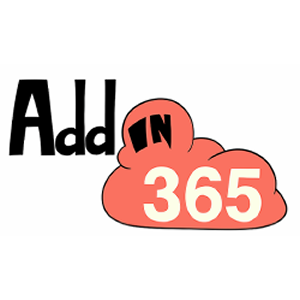
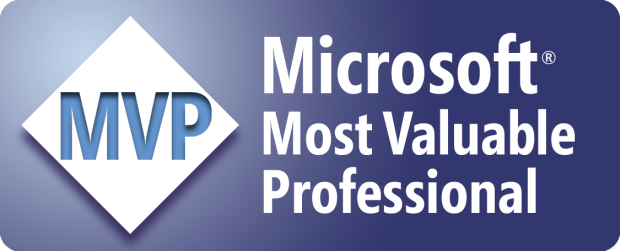
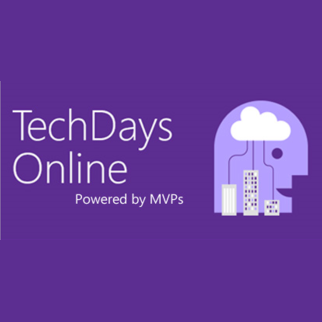

Hiya
This is a deeply humbling and hugely appreciated write-up and review. Thanks so much for taking the time to write it. I am hugely grateful.
regards
Paul
Good stuff Wes, scribing all this down as im in the same boat atm